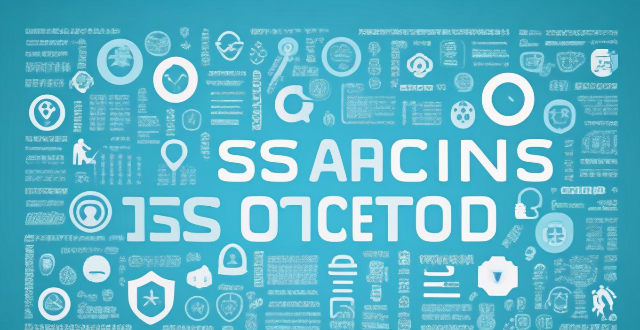The text discusses the security risks associated with public Wi-Fi networks and explores various methods to enhance communication security. These include using VPNs for encrypted data transmission, relying on HTTPS and SSL/TLS for website encryption, enabling two-factor authentication for account security, maintaining anti-virus and anti-malware software for device protection, and employing firewalls to block unauthorized connections. Additionally, adopting best practices such as avoiding sensitive activities on public Wi-Fi, staying vigilant, and keeping devices updated are crucial. While absolute security might be elusive due to external factors, a combination of these measures significantly reduces risk, making communications over public Wi-Fi more secure.

Can Public Wi-Fi Networks Be Made Completely Secure for Communication Purposes?
Public Wi-Fi networks are convenient and widely available, but they often come with security risks. The question arises: can these networks be made completely secure for communication purposes? Let's delve into the details.
Understanding the Risks
Before discussing solutions, it's essential to understand the primary security concerns associated with public Wi-Fi:
- Man-in-the-Middle (MitM) Attacks: Attackers intercept and potentially alter communication between two parties.
- Snooping/Eavesdropping: Unencrypted data can be easily captured by anyone on the same network.
- Rogue Access Points: Malicious Wi-Fi hotspots set up to mimic legitimate ones, tricking users into connecting.
- Malware Distribution: Infected devices or malicious software can be used to spread viruses or steal information.
Enhancing Security Measures
VPNs (Virtual Private Networks)
A VPN is one of the most effective ways to secure your connection on public Wi-Fi. It works by:
- Encrypting Data: Making sure that all transmitted data is encrypted, preventing eavesdroppers from understanding the content.
- Masking Your IP Address: Assigning your device a different IP address, making it harder to track your online activities.
- Securing Connections: Ensuring that even if you connect to a rogue access point, your data remains protected.
HTTPS and SSL/TLS
Using websites that employ HTTPS (Hypertext Transfer Protocol Secure) ensures that the data between the website and your browser is encrypted:
- Look for the Padlock: In your web browser, ensure the website URL starts with "https" and displays a padlock icon.
- Extended Validation (EV) Certificates: These provide an extra layer of authentication, turning the address bar green for added trust.
Two-Factor Authentication (2FA)
Enabling 2FA on accounts adds an extra layer of security, requiring a second form of verification on top of your password:
- Multiple Proofs of Identity: Typically involves something you know (password), something you have (a code sent to your phone), or something you are (biometrics).
Anti-Virus and Anti-Malware Software
Keeping your devices protected with the latest security software can help prevent and detect malicious activities:
- Regular Updates: Ensure your software is always updated to recognize new threats.
- Real-Time Scanning: Some software offers real-time protection, scanning files as they're downloaded or executed.
Firewalls
While not a solution exclusive to public Wi-Fi, having a strong firewall can block unauthorized attempts to connect to your device:
- Built-in Firewalls: Most modern operating systems come with firewalls that can be configured for your needs.
- Third-Party Firewalls: Offer more customization and features than built-in options.
User Awareness and Best Practices
Beyond technical measures, being aware and following best practices significantly enhances security:
- Stay Vigilant: Avoid entering sensitive information when connected to public Wi-Fi.
- Limit Browsing: Only visit sites that are fully encrypted and avoid activities like online banking or shopping.
- Regularly Update Devices: Keeping your devices, their operating systems, and apps updated helps protect against known vulnerabilities.
Conclusion
While it's challenging to guarantee complete security on public Wi-Fi networks due to various factors outside individual control, implementing the above measures significantly reduces risk. By using VPNs, ensuring websites use HTTPS, enabling 2FA, keeping devices protected with anti-virus software, and practicing safe browsing habits, users can make their communications over public Wi-Fi much more secure. Remember, a layered approach combining both technological solutions and user awareness is key to achieving the highest level of security possible.